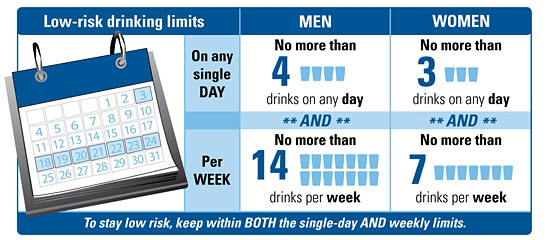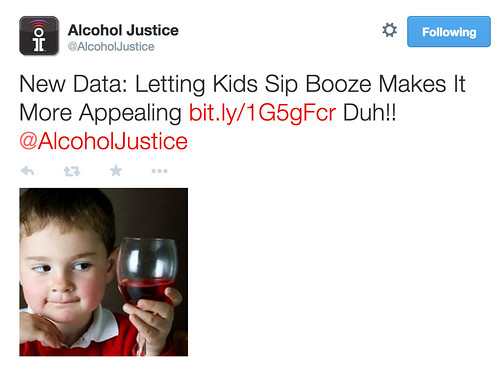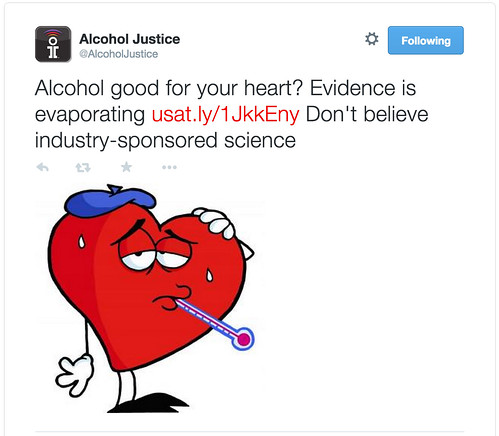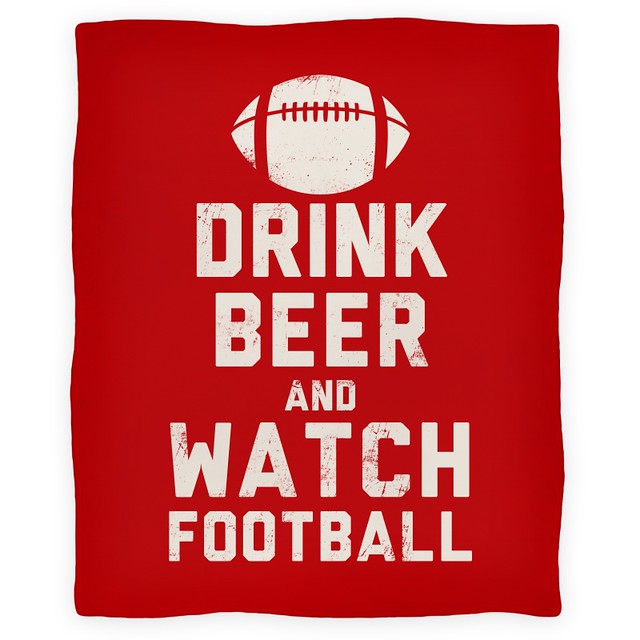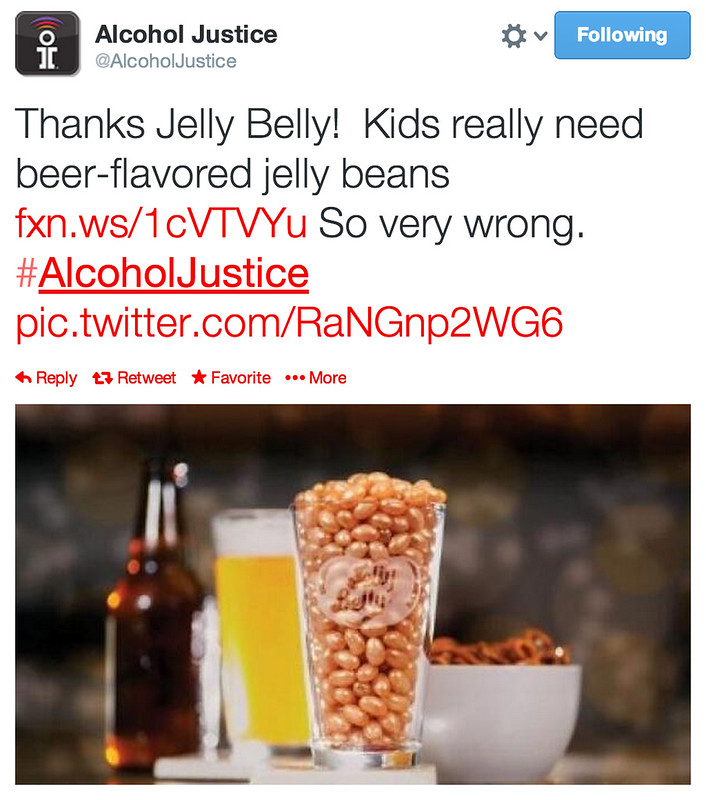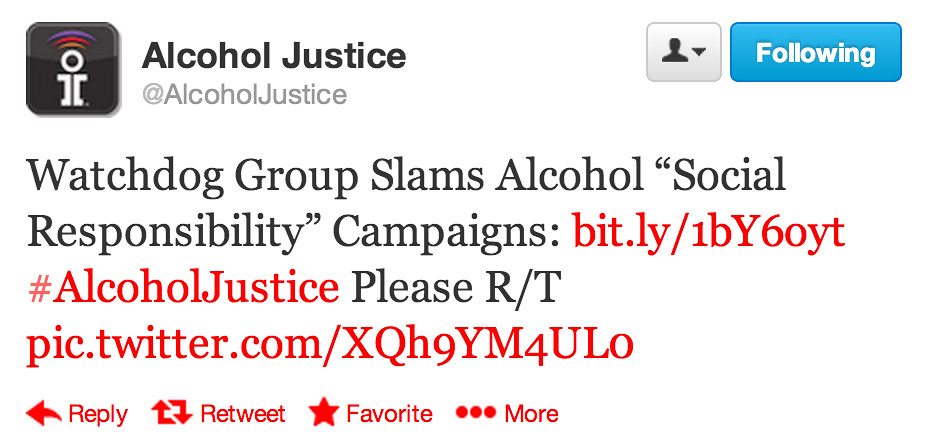
For as long as I can remember, the recommended daily allowance to remain within moderate drinking guidelines has been one drink for a woman and two for a man. With the USDA’s new 2015 Dietary Guidelines open for comment, Modern Drunkard magazine, through their Brutal Hammer news blog, attempted to discover where those longstanding “2 for a man/1 for a woman” (2m/1w) guidelines came from, and wrote up their efforts in The CDC Is Stonewalling Us. In some ways it’s a silly piece, hinging on the CDC’s website comment apparatus not working, but the overriding question is sound. While the rest of the document about the Dietary Guidelines is heavily footnoted, with numerous references to the basis for their recommendations, the 2m/1w guidelines is suspiciously and conspicuously absent of any underlying scientific support.
Nowhere is it apparent how they came to that determination. No footnotes, no citations of scientific studies, not a damn bit of evidence to support it. Granted, my bourbon binoculars (the classier version of beer goggles, but they see deep into the truth of things) can only take in so much information at a time, but I couldn’t find a shred of reasoning for these arbitrary numbers.
I’d never thought about that before, but it’s a valid question. Where did they come up with that? And it’s not an unimportant one. The guidelines for defining moderate consumption are not the same worldwide, and in fact vary widely.
For example, Professor David J. Hanson at the State University of New York notes. “The fact that alcohol consumption guidelines are arbitrary is demonstrated by the wide variance in maximum limits recommended around the world. For example Poland’s recommended limit is 12.5 units per week whereas Australia’s is 35. Indeed, much research finds better health and greater longevity associated with drinking above the recommended guidelines published by most countries.” To contrast the U.S. guidelines, “Canada recommends that men on average consume no more than three drinks per day, five days per week, for a total of 15 drinks per week. For women it recommends, on average, no more than two drinks per day, five days per week, for a total of 10 drinks per week.”

A British examination of 27 European nation’s guidelines found “a remarkable lack of agreement about what constitutes harmful or excessive alcohol consumption on a daily basis, a weekly basis and when driving, with no consensus about the ratios of consumption guidelines for men and women.” Hanson concluded. “Thus, it appears that the differences in recommended guidelines are not based solely on the scientific medical evidence, but on cultural and political considerations. That is, the guidelines are highly arbitrary.”
And in some cases, capricious, as well. It was revealed in 2007, twenty years after the guidelines for the UK had been set in stone in 1987, that they were simply made up. One committee member who’d worked on the guidelines remembered that they were simply “plucked out of the air” and had “no basis in science” whatsoever, which I detailed at the time in Target: Alcohol. Without a clear basis on which our own guidelines were arrived upon, how can we be certain ours are any less fabricated inventions?
The other issue that’s never adequately addressed is the split for men and women. Supposedly, it’s because “Women tend to be smaller, but also have different body compositions and different metabolic enzymes.” But we know that weight matters. It’s how we figure out how much an individual can drink before they’ll be drunk or at least reach a specific blood alcohol level, because the rates are fairly precise when accounting for weight plus intake. So why do we ignore that simple knowledge with the guidelines? There are, of course, plenty of small, light men as well as many heavier women. It’s just a reality that people are diverse.
The International Center for Alcohol Policies or ICAP, somewhat disingenuously claims that the “Recommendations are based on scientific data regarding drinking levels at which risk increases,” yet never reveals where this “scientific data” comes from. And the fact that the guidelines vary widely from country to country would seem to suggest otherwise. Because if there was hard scientific data it would be the same everywhere, and the guidelines would not vary by as much as they do.
The closest thing I can find in the U.S. is at the Recommended Alcohol Questions on the NIH and NIAAA website states that the guidelines are “based on recent epidemiological studies on alcohol intake and risks which have demonstrated that for estimating risk of mortality, morbidity (including injuries) and other problems including drunk driving and social harms.” But then where are the citations for these epidemiological studies, and how could they possibly quantify such subjective issues as “social harms.” Quick answer: they can’t, not and remain purely scientific as the guidelines really should be.
I had never stopped to question the 2m/1w guidelines before, and it appears neither did almost anyone else. While there are plenty of citations for many aspects of the dietary guidelines, when it comes to alcohol, the government suddenly goes silent. But it doesn’t seem like too much to ask that the scientific basis for them be revealed and transparent. I’m not even arguing against them, and have always thought they were somewhat reasonable, especially in their current incarnation with the addition of the weekly limits. But we really should be able to see how they were arrived at, and what science, if any, they were based on.
